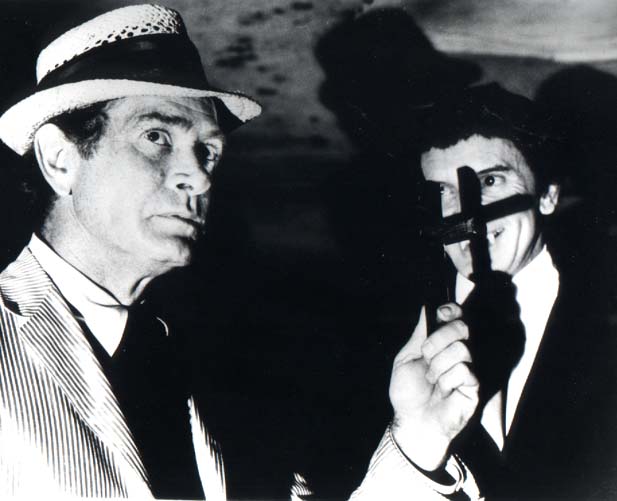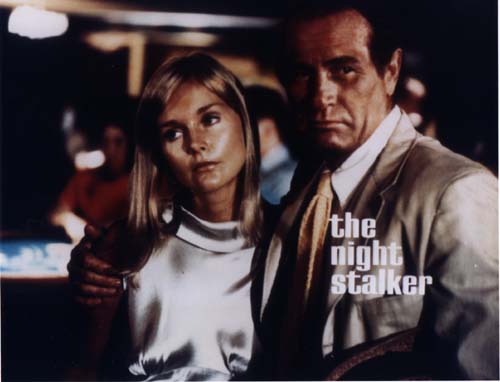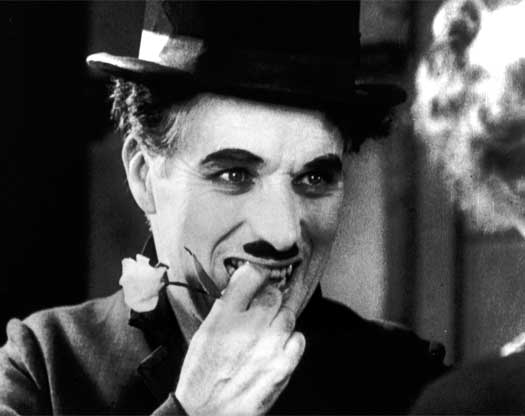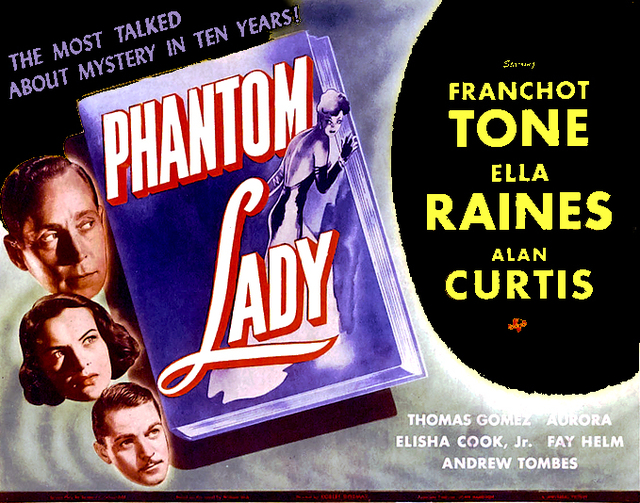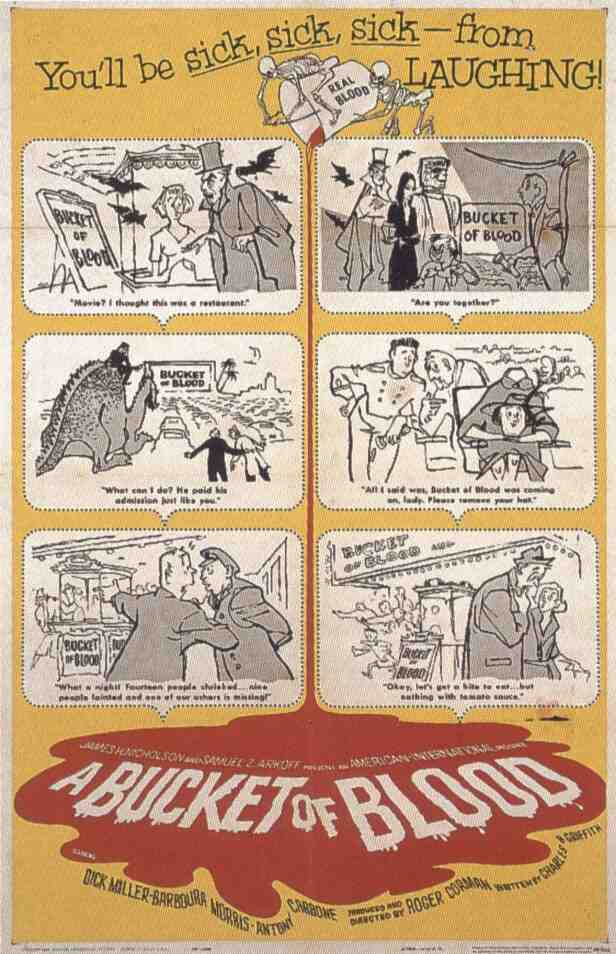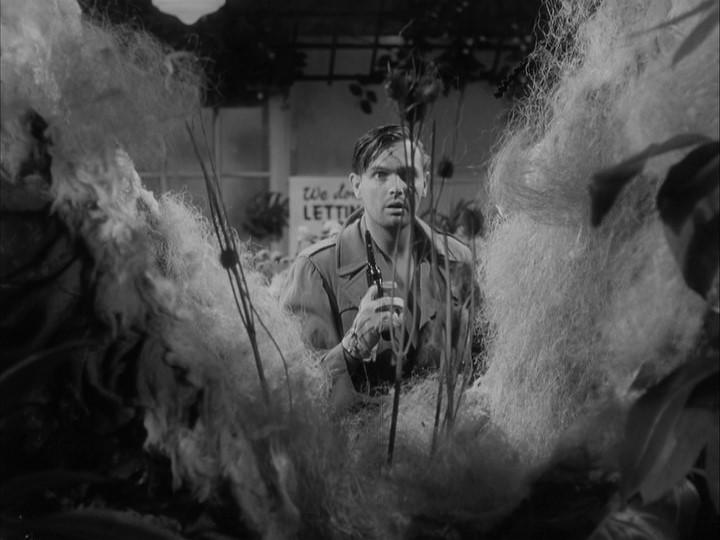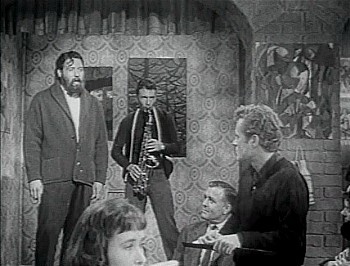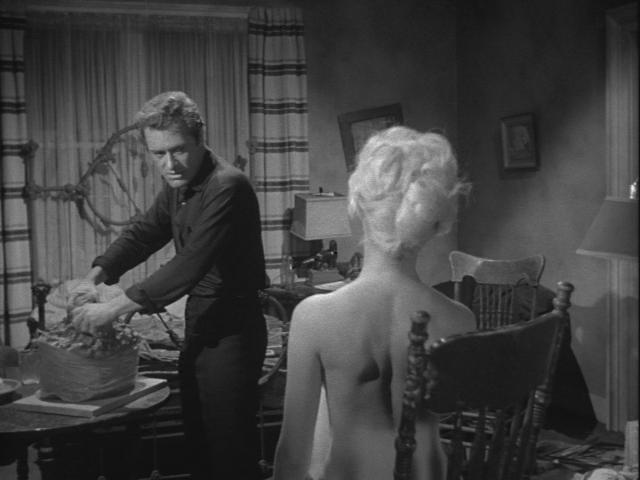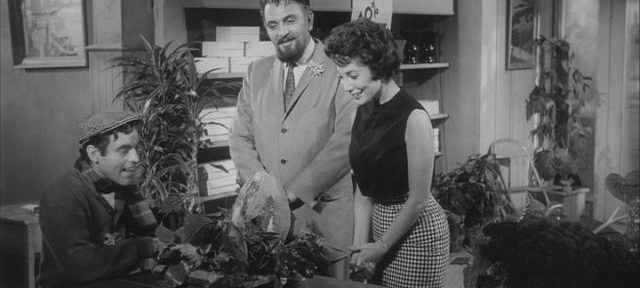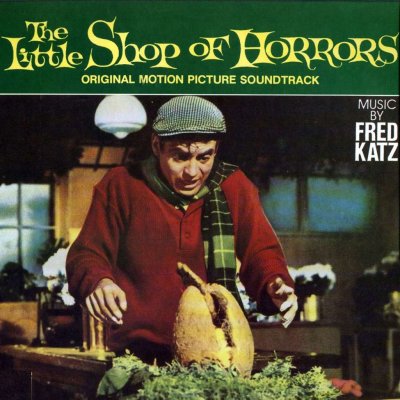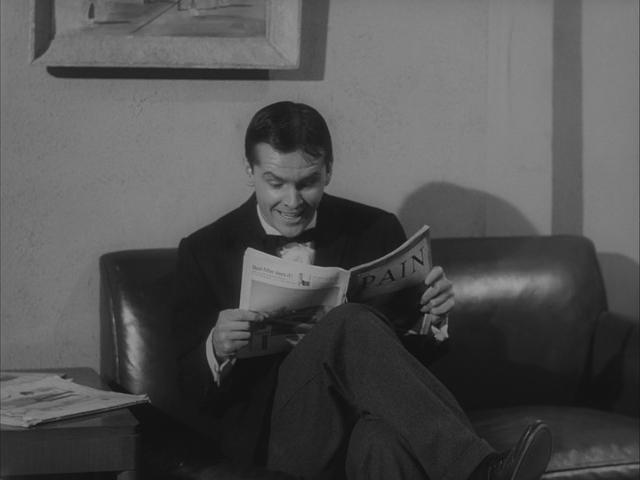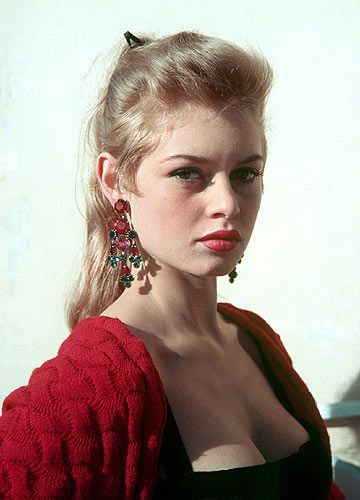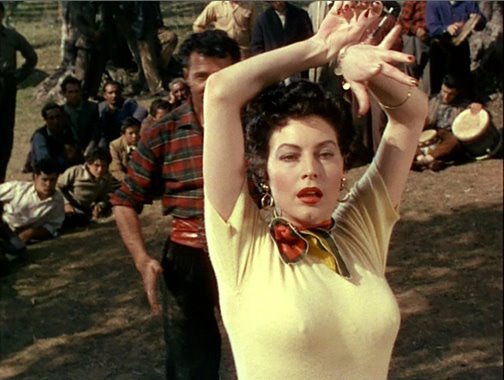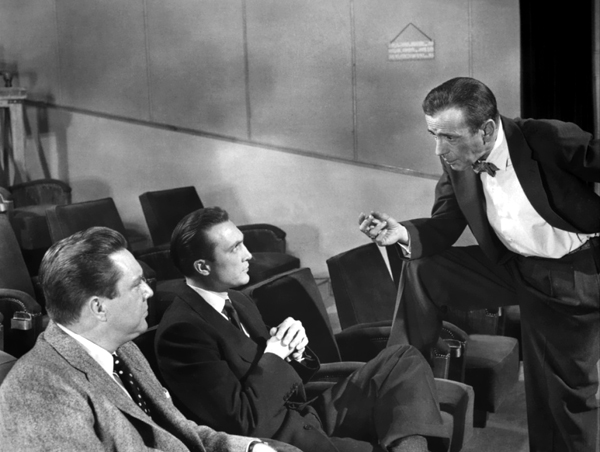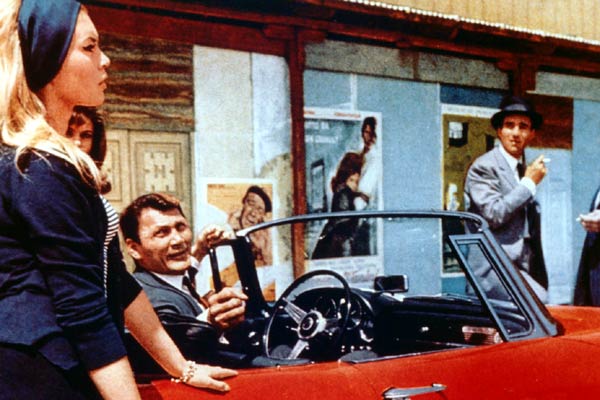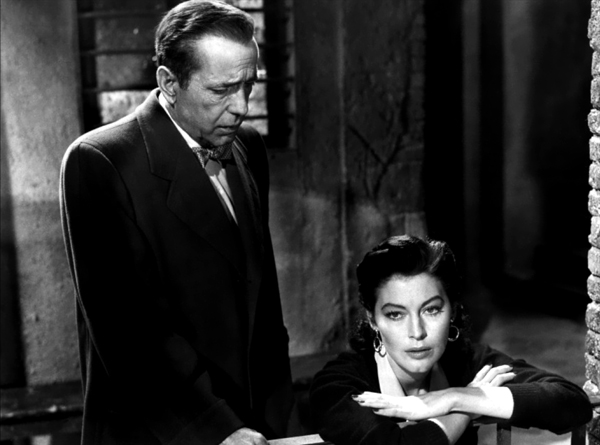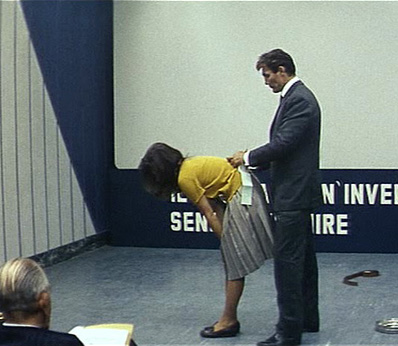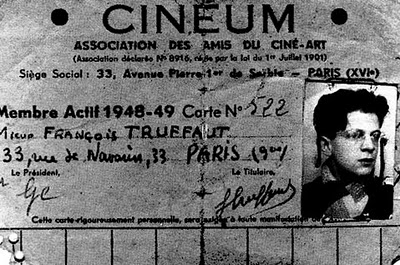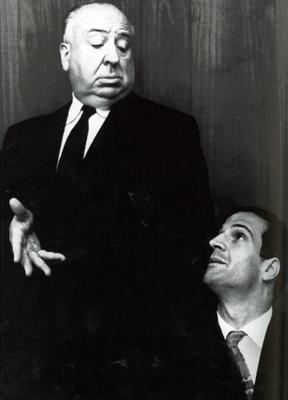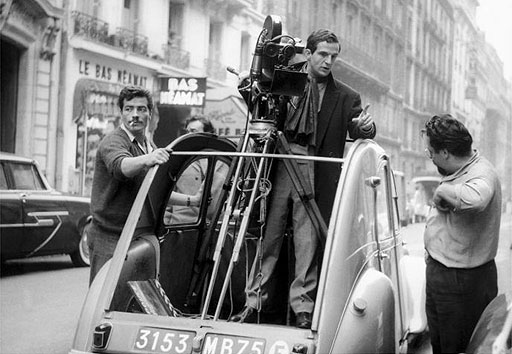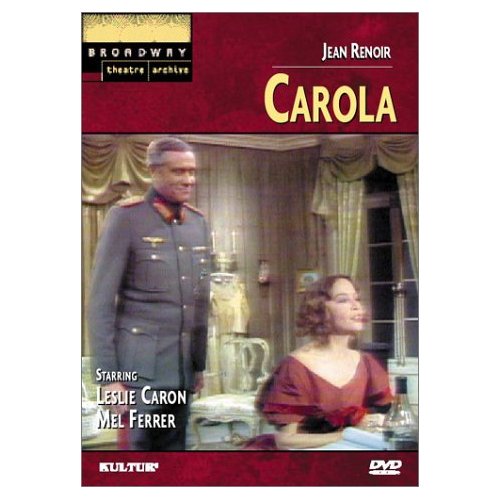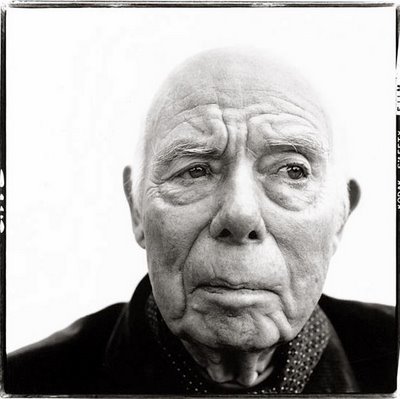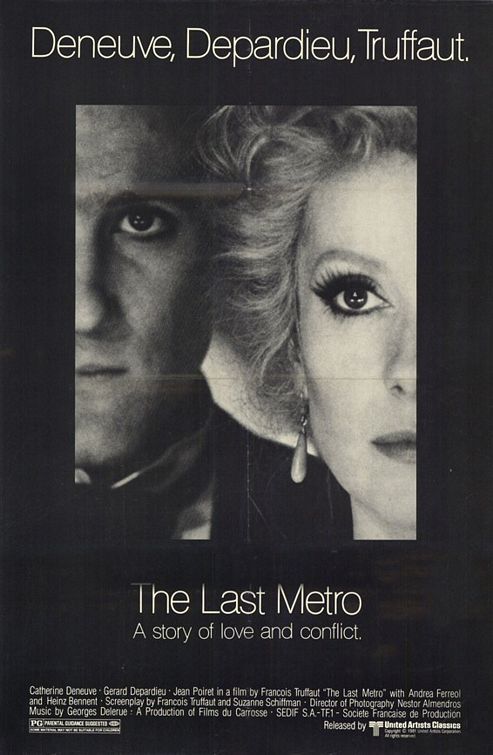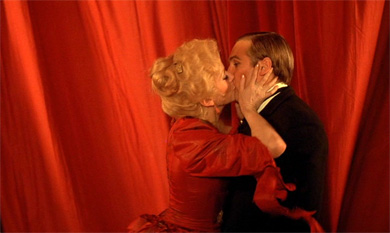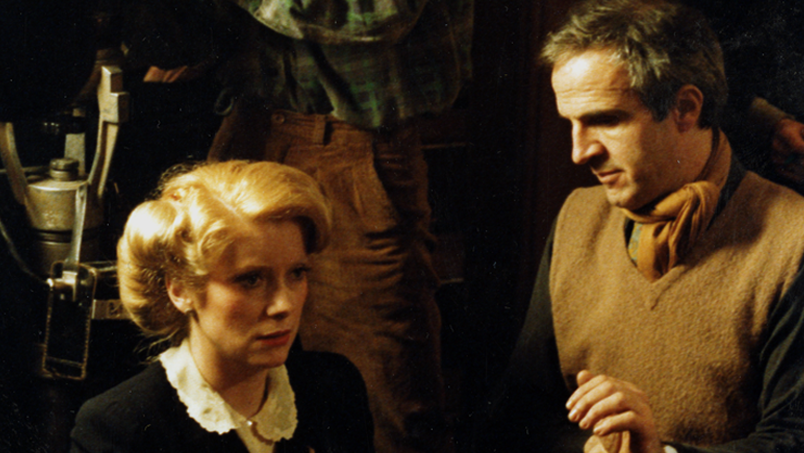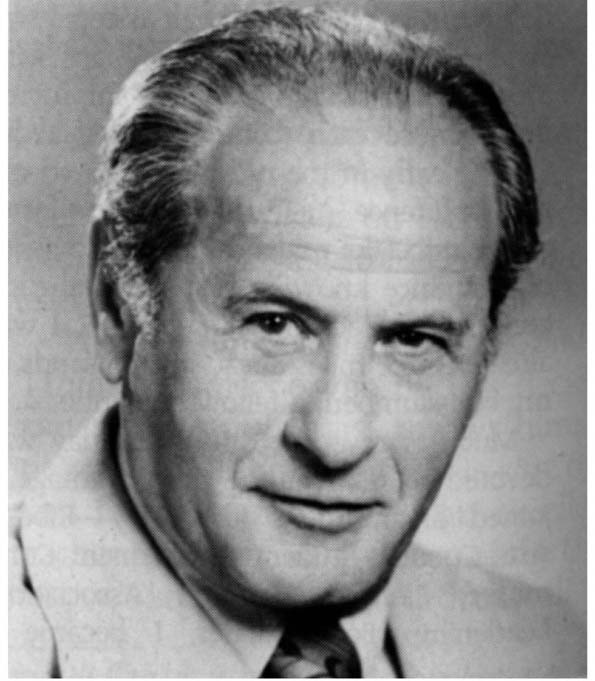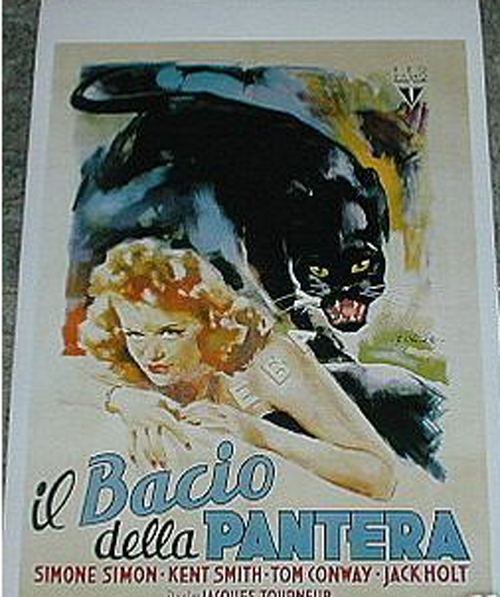
I recently re-watched Curse Of The Cat People, Val Lewton’s masterpiece. Running an extremely efficient 70 minutes, it’s incredible how much story, atmosphere, character, and artistry the filmmakers have packed into this B thriller. The brilliant script by DeWitt Bodeen picks up the characters from 1942’s Cat People 7 years or so later and now living in Tarrytown, NY, nearby to where Lewton grew up. This setting enables Lewton to inject local lore from his own childhood, notably the legend of the Headless Horseman Of Sleepy Hollow. Lewton was primarily a writer and even though he gets no screen credit as such, this script was a collaboration between Bodeen and him. Robert Wise, crack editor of such RKO gems as Citizen Kane, The Magnificent Ambersons, The Devil And Daniel Webster was called in to replace the original director Gunther Von Fritsch, who had fallen behind schedule, Wise began his directing career with a bang. Cinematography was by the terrific Nicolas Musuraca, lensman of the incomparably shot noir Out Of The Past. Art Direction by the prodigiously talented Albert S. D’Agostino ( perhaps a distant relation of mine) and Walter Keller. Top it off with excellent performances most notably that of the wonderful child actress Ann Carter. Curse Of The Cat People is an incredibly sensitive film, dealing with the fantasies of a lonely, mis-understood child. Amy Reed creates a “friend” that cares for her and plays with her, partly because her father refuses to believe her stories. Oliver Reed (played by Kent Smith) was married to Irena (Simone Simone) in the original Cat People. He’s afraid his daughters’ flights of fancy will lead her to a similar end as Irena. His loss of the woman he loved has made him afraid for his daughter and really for himself, he does not want to go through the loss of a loved one again, as a result he clamps down on his daughter, seeking to snuff out her “dangerous” imagination. He only succeeds in driving her into the arms of her friend Irena. Amy had discovered a picture of Irena and her mother’s guilty response triggered an unconscious identification with the beautiful, mysterious figure in the photo.
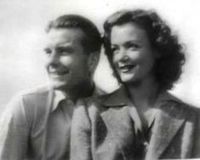
Winter comes and it gives Musuraca and D’Agostino a chance to really shine. Irena gives her Xmas present to Amy, transforming the garden behind the family home to a glittering cathedral of shimmering lights, fantastic winter forms of ice, snow, the bare limbs of trees, a magical application of Movie Studio Artifice, effects done in camera with lighting changes, some of the most beautiful examples of this lost Art ever created.
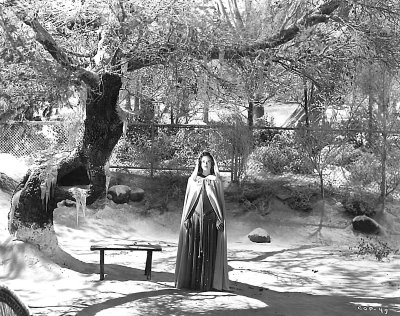
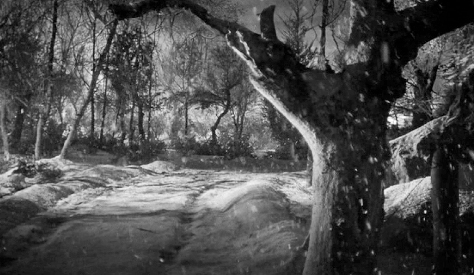
Another noteworthy sequence is when Irena appears in Amy’s bedroom, telling her little friend she must go, never to be seen again. This is accomplished with a tracking shot, Irena is there and then she is obscured by the camera tracking behind a chair,when the camera emerges Irena is gone, the open window letting some mist cascade in where she once stood, also pay careful attention to the sound track lest you miss the whispered “Goodbye” a beautifully mixed sequence. A group of carolers comes by the house and the shots of the family framed in the front door of their home listening are superb.
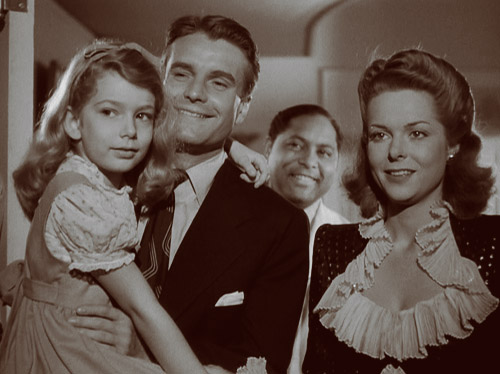
Sir Lancelot appears as the faithful man-servant and he is as always great. Lewton used him several times in his films and he always played a character of great dignity, a tribute to Lewton’s egalitarianism. Lewton was hired at RKO ( my favorite studio) to run their “B” horror unit. The movies had to be short ( these were the days of the double bill), produced for under$150,000, and based on a title the studio brass came up with. Lewton disliked this title and the marketing of the film was off base suggesting a straight horror revisit to the original Cat People but I think the title is good, the curse is what happens to the traumatized survivors of the first film, mainly Oliver and Alice Reed. Cat People was a huge hit, saving RKO from the brink of ruin so the studio left Lewton alone and he was able to create some wonderful fantasies on a shoestring budget, a real tribute to the talents involved. Culminating in his masterpiece Curse Of The Cat People, a very personal film.
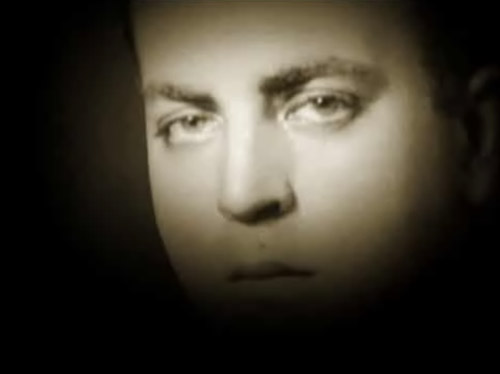
Val Lewton
This brings me to Part Two of this essay, something that struck me while recently viewing this film. Does it contain the root of a character from Mario Bava’s masterpiece Operazione Paura (Kill Baby Kill) .Curse Of The Cat People was made in 1944, as soon as WWII was over the USA flooded Europe with films. They had been prevented from distributing films in Europe during the war. I’m sure Mario Bava went to see this film in Rome and it made a deep impression on him. Bava’s father was a special effects artisan, a sculptor who made creatures for films. Bava was an effects cameraman, master of the in camera effect, matte painting, trick lighting etc. He had to have seen this masterpiece of studio artistry and been deeply moved. The story goes that when he was casting Operazione Paura he searched high and low for a young girl to play the part of the ghostly killer. He couldn’t find one, finally he got a young boy to don a wig and play the part. I think he was looking for his own Ann Carter. A child that resembled her. There are some similar images in the films, for example when the girls are seen in Close Up looking through a window pane.
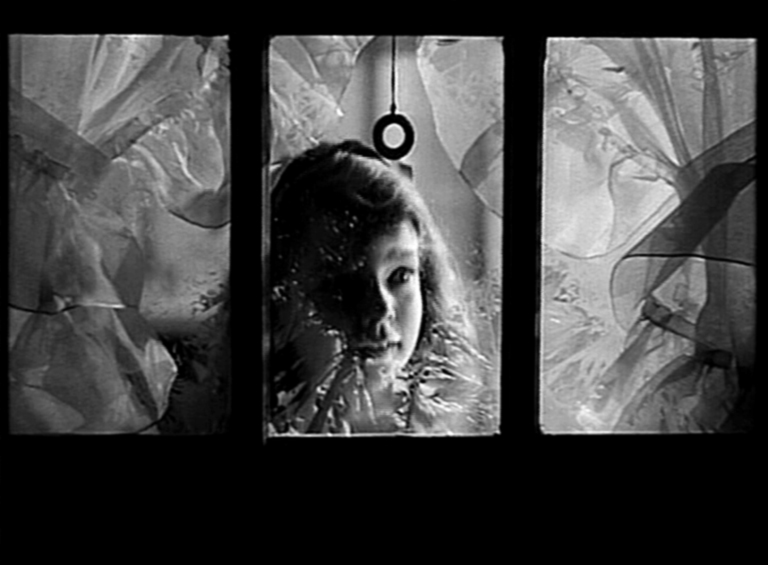
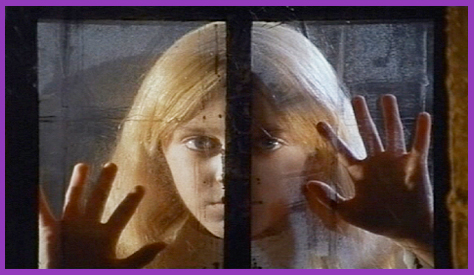
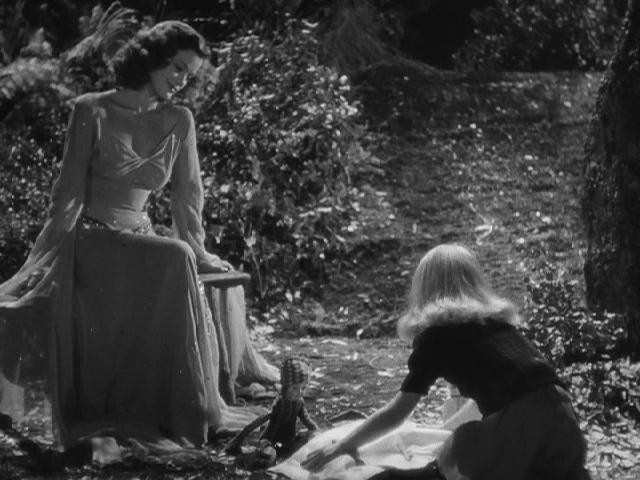

Another paralell, a child’s ball provides the key to another dimension in both films, in Curse Irena is first revealed tossing Anne’s ball back to her, the little girl throws the ball offscreen to her friend and Simone enters with it and throws it back. In Paura the bouncing ball of the devil girl is often the first sign of her coming.
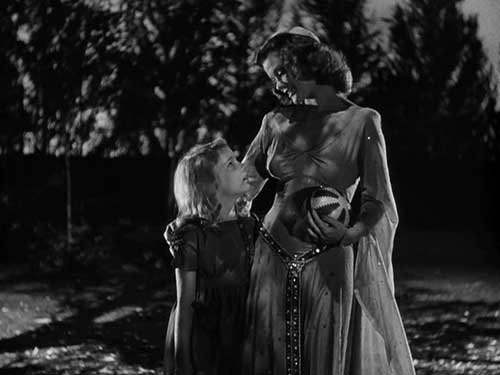
Bava’s film is an illusion inside of an illusion, a puzzle at the heart of which is a subversion of innocence to evil, a baroque fantasy about the loss of childhood innocence. Perhaps not so far fetched considering the realities of a war torn country. One thing that always struck me about Curse Of The Cat People is the hominess, domestic peace of it’s setting. You want to live there in Tarrytown amongst the legends, old bridges, fireplaces, gardens. Life seems so peaceful, serene. Maybe Operation Paura is a reaction to that idyllic vision from an artist that lived through real horror. Another interesting fact, the girl who falls to her death, impaled on a wrought iron fence at the begining of Operazione Paura is named Irena.
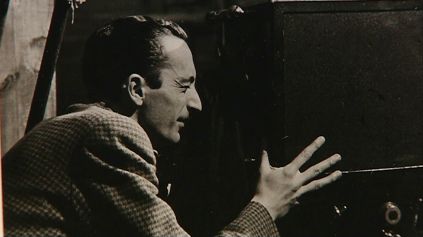
Mario Bava
